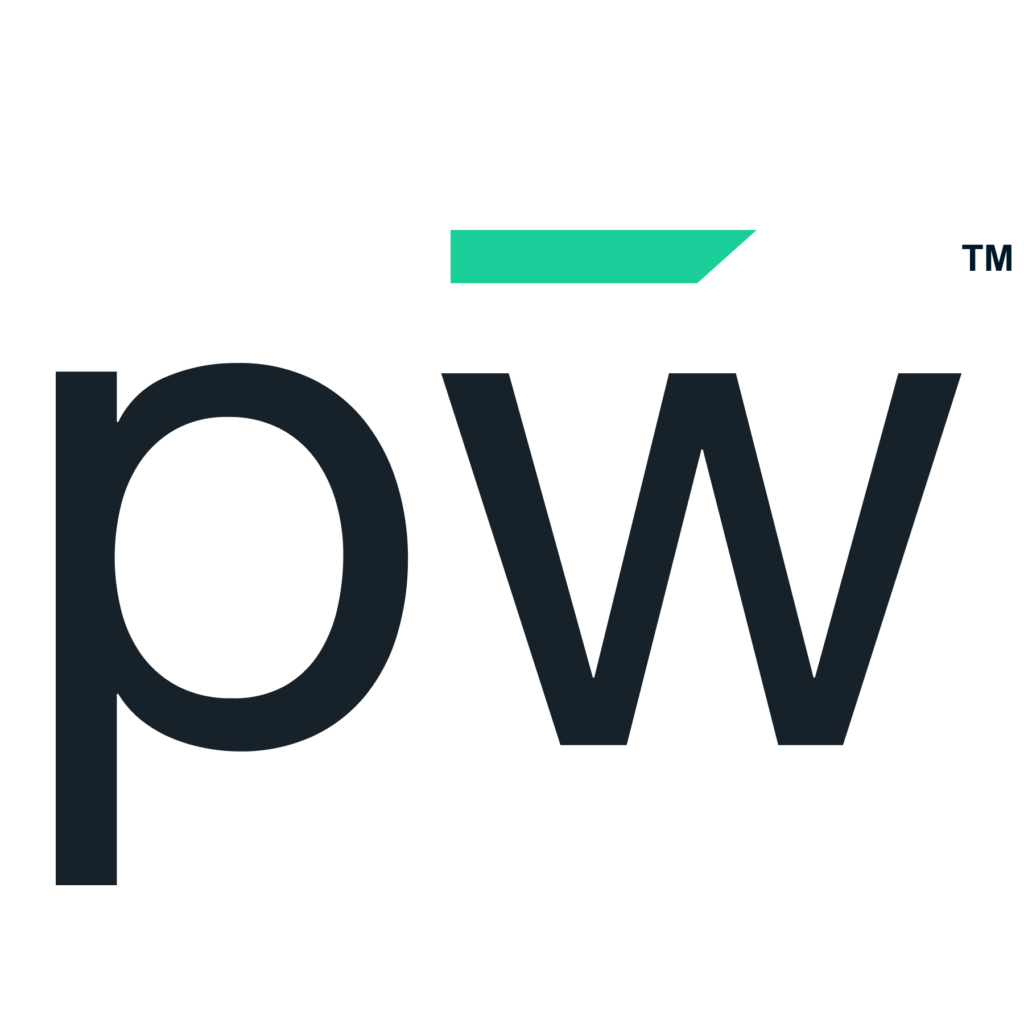The cost of recruitment and hiring is a budget item most hiring managers would like to decrease. This metric is simple — it’s what you invest to bring on a new employee. However, it involves a lot of components and nuances. There are external and internal costs to consider, but what you really should focus on lowering is your average cost per hire. No matter the health of your budget, whether you need to make cuts or plan to increase it, you want to optimize what you spend.
What is the average cost per hire in the U.S.?
Recruiting new employees can be expensive. According to the Society for Human Resources Management, the average cost per hire is nearly $4,700. It can be even more depending on the industry, type of role and how in demand it is, the market, what resources you use (e.g., recruiters, staffing agencies) and other factors. All those fees add up, and you’ve got to pay the bill for both the hard and soft costs.
If you haven’t calculated your average cost per hire lately, you should. And you should continue to benchmark. To find this number:
- Add the external and internal costs of new hires for a specific period.
- Divide that number by the total number of hires for the same period.
The number is your average cost per hire. So, where does all the money go?
Where does all the money for hiring go?
What you have to spend to fill a role involves so many things, including technology, advertising, staffing or recruitment agency fees, screening costs, training, lost productivity and other costs. A large part goes to advertising and marketing jobs, which consumes up to 35% of a company’s budget, according to the “2022 Rally Recruitment Marketing Job & Salary Survey.” Those expenses can include many channels, including preferred placement on job boards, which is often a must to get attention for the job post. Advertising and marketing costs can also involve other types of digital advertising, from targeted display ads to boosted posts on social media.
The Rally survey mentioned above also found that companies had increased their recruitment marketing budgets by 81% from 2019 to 2022. Hiring is now about marketing the company and job to potential candidates versus just getting as many applicants as possible in the cheapest way.
Spending more money doesn’t yield better candidates.
Increased budgets and the drive to create value in how you market your organization as a place to work don’t necessarily yield better candidates. Most companies grapple with the quality component and lack more strategic ways to screen and find the best match for positions. Of those surveyed, 9 out of 10 employers said they struggle to fill jobs, and 29% of them agreed that the skills gap has increased.
On the other side, candidates are frustrated, too, with 60% giving up on an application because of its complexity. So, the technology you invest in and use isn’t delivering much ROI.
Job boards don’t provide good results either. They are messy, ineffective and outdated. There must be a better way that can help you lower the average cost per hire, deliver higher-quality candidates and create more positive experiences for job seekers.
pepelwerk empowers you to hire more effectively and reduce costs.
A better way is here with pepelwerk, a revolutionary way to build your workforce for the future. Instead of pumping recruitment advertising dollars into job boards, staffing agencies or other tactics, you can lower your average cost per hire, optimize your spend and get better results with our outcome-based process.
Create a company profile and job profiles that focus on the skills and attributes you’re seeking. Based on this, our technology engine infused with artificial intelligence matches you with candidate profiles. These individuals go through screening and are ready to work. This represents a shift in mindset around hiring practices.
With pepelwerk, the matches you receive are goal-oriented and ready to take on challenges to meet those goals. You’ll be able to build a pipeline of candidates that embody the skills you seek and the attitudes that would make them a culture fit.
Technology streamlines the hiring process, helping you eliminate costs and lower your average cost per hire. You can even upskill those with great potential that may need to learn a software or technical requirement before you hire them, reducing training expenses. You can work with those in your pipeline and those you’ve already hired to develop a workforce that’s people-centric.
pepelwerk is evolving the hiring ecosystem with people-centered technology. Try a more effective way of hiring! Book a meeting.










